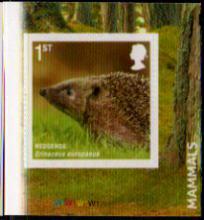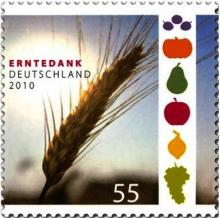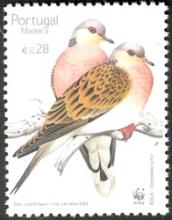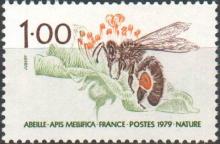Hedgehogs could disappear from Britain within 15 years, a new study has found
It is estimated that there are now around one million hedgehogs in Britain, representing a decline of 25 per cent over the past decade. In some parts of the country, the fall could be as high as 50 per cent. Such is the rate of decline that the long term survival of the hedgehog in Britain is now in doubt. The study was led by Toni Bunnell, a retired zoology lecturer, whose team compiled the league table of species under threat based on how fast their population was dwindling. Dr Bunnell, who runs a hedgehog sanctuary near York, cited a number of reasons for the decline in the population. “Pesticides have eliminated much of their food such as caterpillars and beetles. Then there has been a reduction of habitat in the countryside which they are having to share with predatory badgers,” she told The Daily Telegraph.










